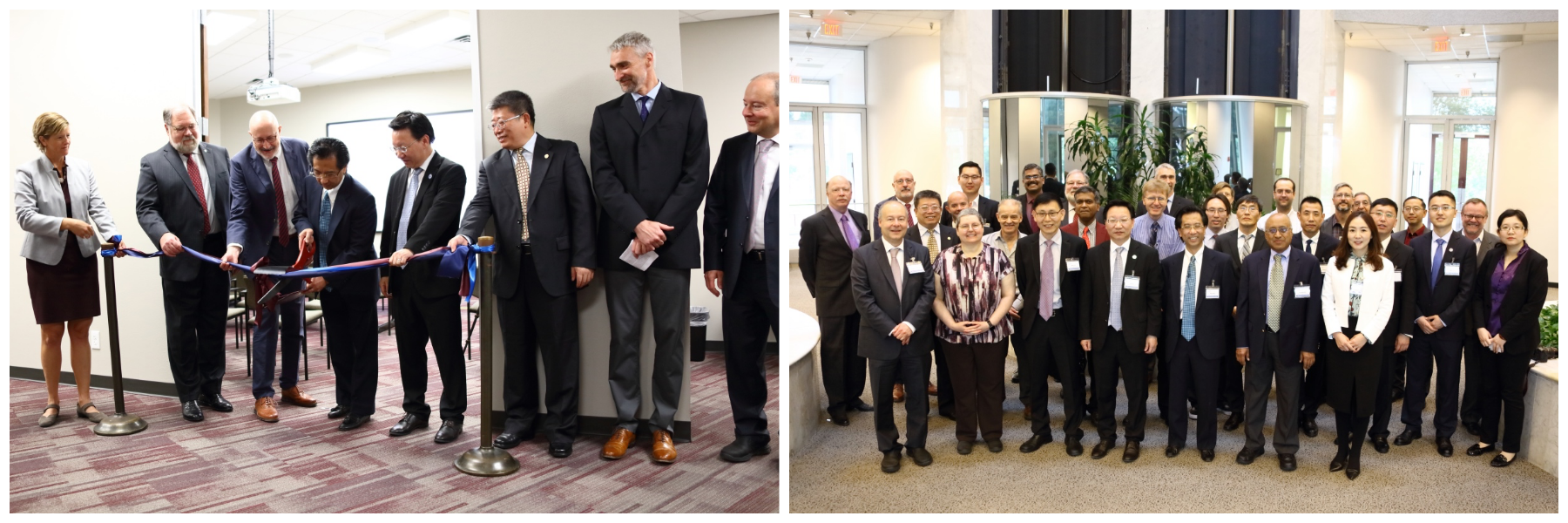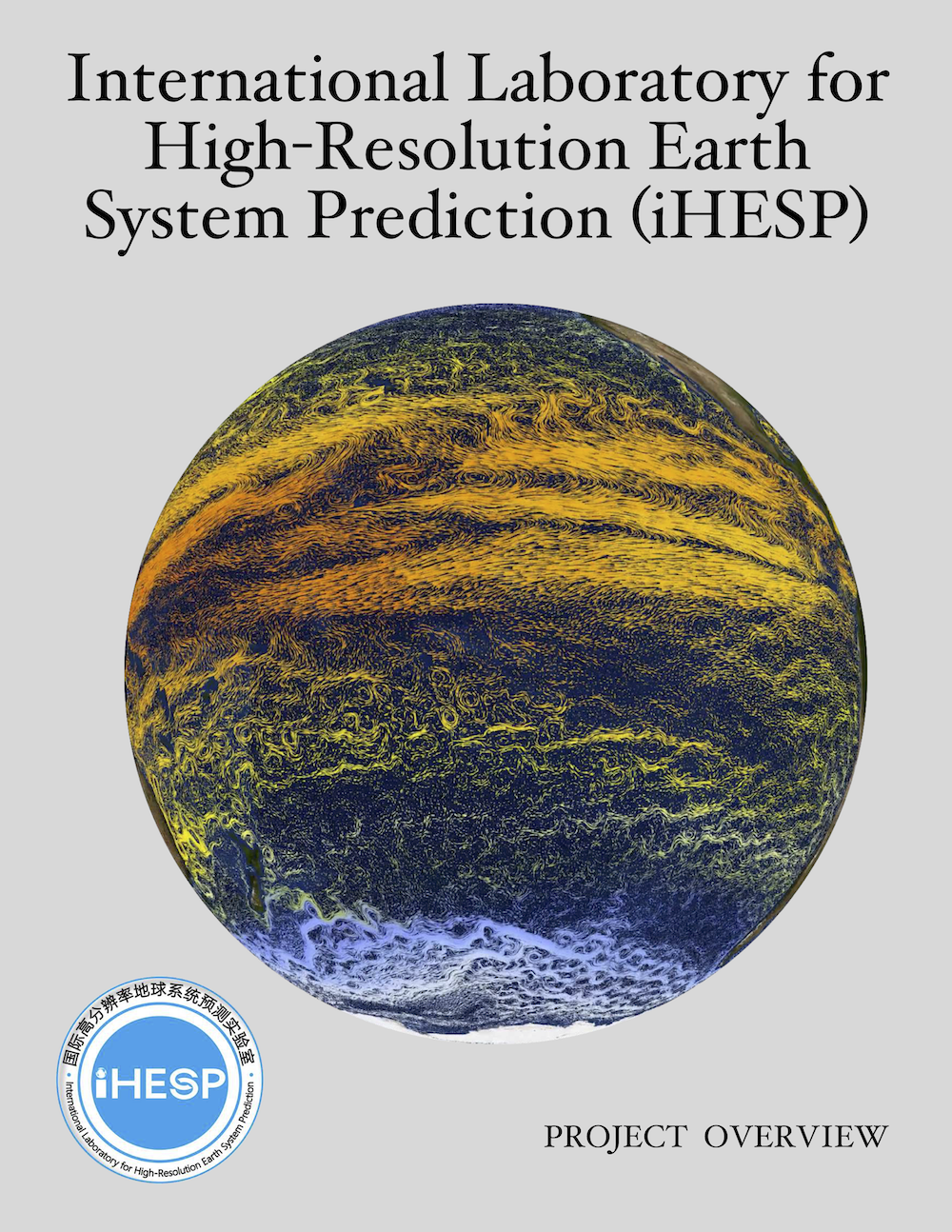About
iHESP MOA signing ceremony at QNLM, Qingdao, China in October, 2017.

Opening Ceremony

The iHESP Opening Ceremony was held on April 24, 2019 with great success. Over fifty guests watched as Dr. Ping Chang cut the ceremonial ribbon then followed him into the new seminar room for opening videos and speeches delivered by a list of distinguished guests, including Dr. Lixin Wu – the Director of QNLM, Dr. Mark Barteau – the VPR of TAMU, and Dr. Jean-Francois Lamarque – the Director of CGD at NCAR. The opening ceremony was followed by a mini-workshop where iHESP scientists brainstormed the strategy for the first year of research.

What is iHESP?
iHESP is the international Laboratory for High-Resolution Earth System Prediction – a trilateral collaboration among the Qingdao Pilot National Laboratory for Marine Science and Technology (QNLM), Texas A&M University (TAMU) and the National Center for Atmospheric Research (NCAR).
What is the science behind iHESP?
iHESP addresses the urgent need to develop a new advanced modeling framework for high-resolution multiscale Earth system predictions, critical to understanding and developing solutions for risks associated with rapidly changing environmental conditions across the planet. The cutting-edge research conducted at iHESP represents an important step in closing the gap between climate and weather prediction by allowing climate model resolution to approach weather resolving scales.
What is iHESP’s founding principle?
iHESP’s founding principle is strong international collaboration and open science. All products resulting from this collaborative research effort, including model software, data output and other deliverables (excluding project background IP and confidential information) will be made publically and freely available on basis of open access and appropriate terms of use through iHESP and/or institutional repositories and websites.
How long will iHESP last?
iHESP is envisioned to be a 15-year project. The initial phase of the iHESP project is five years, from 2018 to 2022.
What will iHESP deliver?
iHESP is expected to produce results on a wide range of topics related to climate and Earth system modeling and prediction that will have high impacts on the broad research community for many years to come, including
- First complete set of high-resolution global CESM simulations, including an ensemble of climate projections, which can provide useful guidance for future climate projection and application research;
- High-resolution model output that will be used by a broad community for a wide range of multidisciplinary climate application studies, including impact of climate extremes, coastal sea-level rise, climate and agriculture, climate and infectious disease, climate and water resources;
- Unique contribution to the upcoming sixth report of the United Nations Intergovernmental Panel on Climate Change(IPCC) by providing the highest resolution model simulations and projections ever submitted to the Climate Model Intercomparison Project Phase 6 (CMIP6).
What will the impact of iHESP research be?
We expect that the research products generated by iHESP will contribute significantly to improving predictive skill of weather and climate extremes on time scales from days to seasons to decades. Given that weather and climate extremes affect every aspect of our society, providing more accurate and reliable predictive information about occurrence of extremes on these climate time scales can have enormous implication for mitigating risks to society and to ecosystems in the near-term (subseason to year) and for effective adaptation planning in the longer term (decade and longer). Therefore, the impact of new modeling and simulation technologies developed by iHESP will be long-lasting and far-reaching.
This document contains more information about iHesp.
Download PDF
